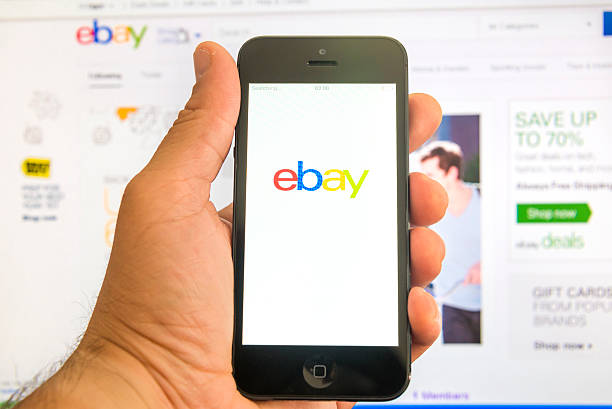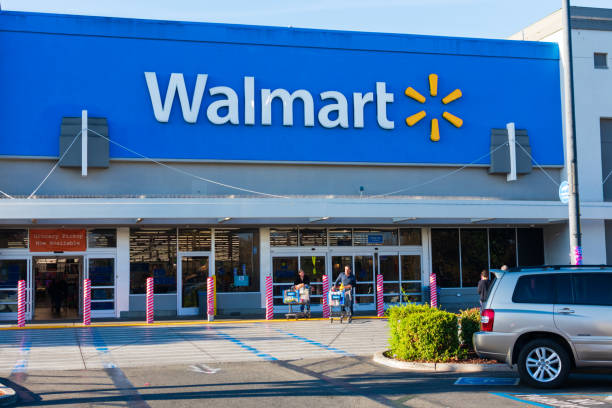Amazon, the world’s largest online marketplace, offers an incredible variety of products from millions of sellers worldwide. Whether you’re hunting for a unique artisanal craft or a best-selling tech gadget, Amazon likely has what you’re looking for. But with so many sellers to choose from, how do you find the right one? So, in this guide, we’ll walk you through the steps on how to find a seller on Amazon.
1. Start with Product Search – Seller on Amazon
The first step in finding a seller on Amazon is, of course, to search for the product you want. Then, use the search bar at the top of the Amazon homepage to enter keywords related to the item you’re looking for.
2. Check Seller Ratings
Once you’ve found a product that interests you, take a moment to look at the seller’s rating. Additionally, Amazon uses a five-star rating system, with ratings based on customer reviews and feedback. A high rating is generally a good indicator of a trustworthy seller, while a low rating may be a red flag.
3. Read Customer Reviews
Customer reviews can provide valuable insights into a seller’s reliability, product quality, and customer service. Take the time to read both positive and negative reviews to get a balanced view. Look for reviews that specifically mention the seller’s communication, shipping speed, and product accuracy.
4. Check Seller Information – Seller on Amazon
Amazon provides detailed information about sellers, including their business name, location, and policies. So, look for sellers who provide comprehensive information and have a clear return policy. Avoid sellers with vague or incomplete profiles.
5. Look for Prime Eligible Sellers
If you’re an Amazon Prime member, you may prefer to buy from sellers who offer Prime shipping. Moreover, prime-eligible sellers have agreed to fulfill orders quickly and provide reliable shipping options. Also, you can filter your search results to only show products from Prime-eligible sellers.

6. Compare Prices
While price shouldn’t be the only factor in choosing a seller, it’s still important to compare prices to ensure you’re getting a good deal. Also, use Amazon’s price comparison feature to see how a seller’s price compares to others selling the same product.
7. Check Seller’s Other Products – Seller on Amazon
Some sellers specialize in specific types of products or brands. So, if you’re impressed with a seller’s offerings and customer reviews, take a look at their other products. Also, you might discover other items you need from the same reliable seller.
8. Ask Questions
Don’t hesitate to reach out to the seller if you have any questions or concerns. Most sellers on Amazon are happy to answer questions about their products, shipping policies, or return procedures. So, good communication from the seller is a positive sign.
9. Trust Your Instincts
Trust your instincts when choosing a seller. Additionally, if something feels off or too good to be true, it probably is. So, stick with sellers who make you feel confident and comfortable with your purchase.
10. Understand Amazon’s Seller Types – Seller on Amazon
Understanding the different types of sellers on Amazon, such as Amazon itself, Fulfilled by Amazon (FBA), and third-party sellers, can help you make an informed decision.

11. Utilize Amazon’s A-to-z Guarantee
Learn about Amazon’s A-to-z Guarantee, which protects buyers against fraudulent sellers and ensures you receive the item you ordered or get your money back.
12. Check Seller’s Shipping Options
A seller’s shipping options can impact your buying decision. Additionally, explore the shipping methods offered by the seller, including expedited shipping and international shipping.
13. Investigate Seller’s Return Policy – Seller on Amazon
A clear and fair return policy can give you peace of mind when shopping online. Furthermore, find out if the seller offers free returns, how long you have to return an item, and any restocking fees that may apply.
14. Look for Seller Badges and Certifications
Amazon provides badges and certifications to sellers who meet certain criteria, such as Amazon’s Choice, Best Seller, or Top Rated. So, these badges can serve as additional indicators of a seller’s reliability and credibility.
15. Assess Seller’s Communication Skills
Prompt and clear communication from the seller can make the shopping experience more pleasant. So, check if the seller responds quickly to inquiries and provides helpful information.

16. Consider Seller’s Location – Seller on Amazon
The seller’s location can affect shipping times and costs. So, if you need an item quickly or want to avoid international shipping, consider choosing a seller located closer to you.
17. Check Seller’s Stock Availability
Ensure the seller has the item in stock before placing an order. Sellers who frequently run out of stock may cause delays in shipping or order cancellations.
18. Explore Seller’s Additional Services
Some sellers offer additional services, such as gift wrapping, personalized messages, or installation services for certain products. These extra touches can enhance your shopping experience.
19. Watch Out for Counterfeit Products
Be cautious of sellers offering significantly lower prices than others or selling branded products at suspiciously low prices. These could be signs of counterfeit products.
20. Leave Your Feedback – Seller on Amazon
After completing your purchase, consider leaving feedback for the seller. Your feedback helps other buyers make informed decisions and encourages sellers to maintain high standards.

Benefits of Choosing the Right Seller
Choosing the right seller on Amazon isn’t just about getting a good deal; it’s also about ensuring a positive shopping experience. Here are some benefits of choosing a reliable and trustworthy seller:
- Quality Products: Reliable sellers often offer high-quality products that meet or exceed expectations.
- Fast Shipping: Good sellers prioritize quick and reliable shipping, ensuring you receive your order promptly.
- Excellent Customer Service: Trustworthy sellers are responsive to customer inquiries and resolve issues quickly and efficiently.
- Secure Transactions: Reputable sellers use secure payment methods and protect your personal and financial information.
Conclusion: Seller on Amazon
Finding a seller on Amazon doesn’t have to be a daunting task. By following these steps and guidelines, you can easily find a reliable and trustworthy seller who meets your needs and expectations. Remember to do your research, read reviews, and trust your instincts to ensure a positive and satisfying shopping experience on Amazon. Happy shopping!








